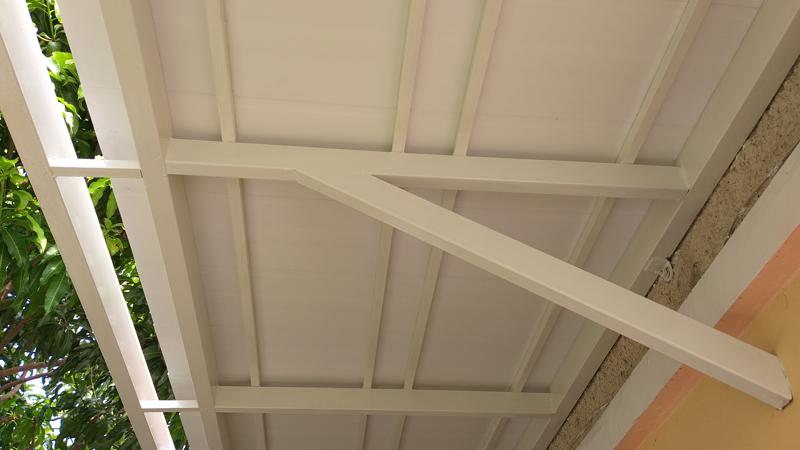3d Printing at the Smithsonian

3D Printing at the Smithsonian: Bridging Past, Present, and Future
The intersection of technology and culture is an exciting area that always brings new and unexpected prospects. One such prospect that continues to capture our collective imaginations is the application of 3D printing in museums. Yes, you heard it right. The Smithsonian, for example, has embraced this technology, and what it's doing with it is nothing short of transformative.
The Disruption of 3D Printing
3D printing has been described as the usher of the third industrial revolution. This technology allows digital designs to be turned into physical objects, and it's revolutionizing industries from healthcare to manufacturing. In the space of museums, 3D printing is bringing profound changes by offering a new way to preserve, study, and interact with important historical objects and artworks.
At the heart of this transition is the Smithsonian's digitization program. It aims to convert the museum's vast collection into 3D models that can be studied, manipulated, and re-created using 3D printers. This innovative approach to museum conservation is only made possible through collaboration with technologists, conservators, and curators to ensure the rich history and cultural significance in each artifact are not lost in the process. As such, finding new ways of connecting audiences to the Smithsonian's collections is a major part of the museum's digital strategy.
Preservation Redefined
Thanks to 3D scanning and printing, the Smithsonian is now able to preserve its artifacts in a more comprehensive and cohesive way. With 156 million items in its collection, digitization allows for an unprecedented level of detail that would be impossible to achieve with traditional methods. The museum has been able to create digital "clones" of several pieces in its collection, thereby expanding possibilities for both preservation and research.
One great example of this is the digitization of a fragile 1,500-year-old Buddhist statue. By using a combination of surface and CT scanning, the Smithsonian was able to create a remarkably accurate 3D model of the piece, capturing even the tiny inscriptions on its surface. Thanks to digitization, this ancient artifact can now be preserved in digital "amber," safe from the wear and tear of time and handling.
Accessibility and Engagement
The Smithsonian's 3D digitization efforts aren't just about preservation, though. They're also about broadening accessibility and engagement. 3D models of the museum's collections can be shared online, opening up a wealth of artifacts and exhibits to people who may not be able to visit the museum in person.
3D printing technology makes it possible for these virtual visitors to create their own physical replicas of artifacts. For instance, a teacher in a remote part of the world could download the 3D model of an artifact and print a copy for her students to handle and examine.
Moreover, 3D models let users interact with objects in ways they couldn't normally. They can rotate the models, zoom in on details and even see elements not visible to the naked eye. This kind of interactivity has immense educational potential, making 3D digitization a powerful tool for learning.
Exhibits of the Future
This technology is also redefining the concept of exhibits in the Smithsonian. Now, entire exhibitions can be 3D printed and transported to other museums, schools, libraries, or even to outer space! An astronaut aboard the International Space Station, for example, could potentially print and study a replica of an artifact without having to leave his zero-gravity environment.
Imagine a future where anyone with access to a 3D printer could put on an exhibition of artifacts from the Smithsonian's collection. The possibility to experience cultural heritage on demand, anywhere in the world, is a future that the Smithsonian is working towards.
Conclusion: The Digital Transformation
The Smithsonian's 3D digitization program represents a bold step into the future of curation, conservation, and education in the museum world. By embracing and leveraging 3D printing technology, the Smithsonian is not only preserving precious artifacts but also making its collections accessible to and interactive for people all over the world.
The prospect of creating personalized museum experiences and ‘touching’ history is no longer a far-off dream. It is an exciting present reality and speaks volumes about the transformative power of 3D technology. As we look forward to more digitized collections, interactive exhibits and powerful learning experiences, it is clear that 3D printing at the Smithsonian is indeed bridging the past, present, and future.











